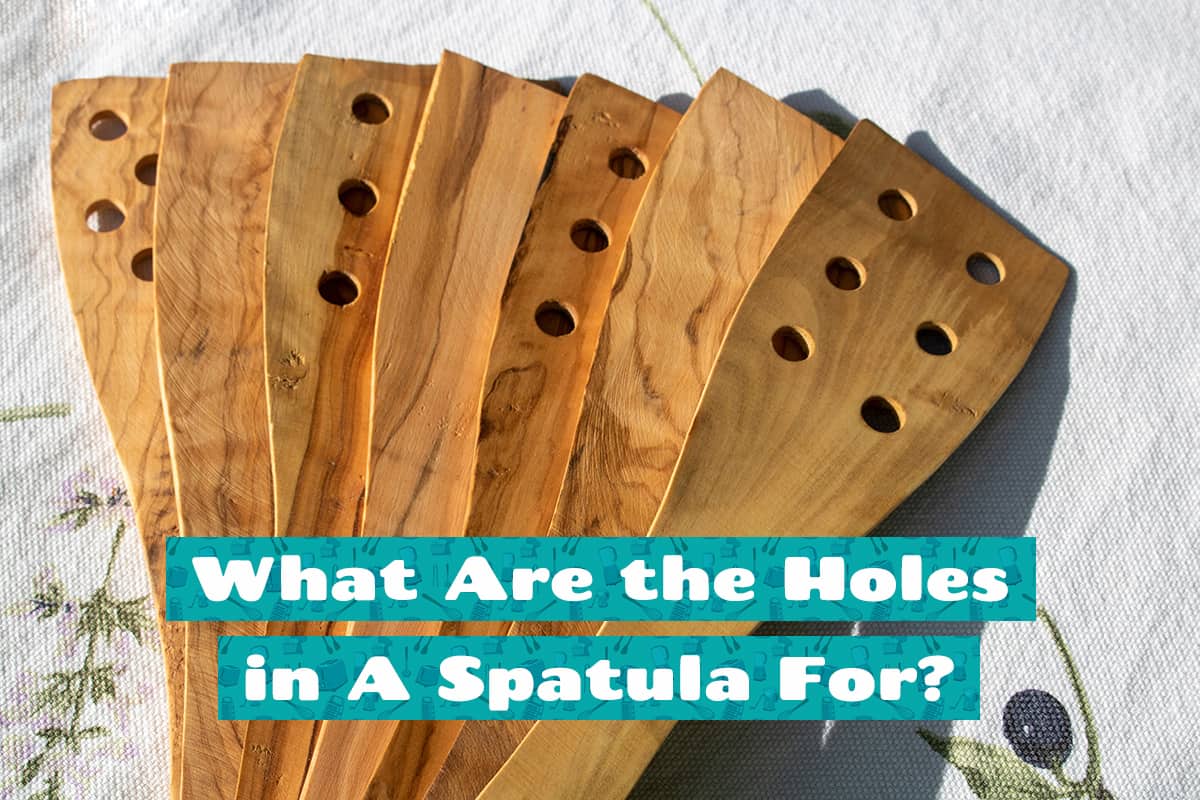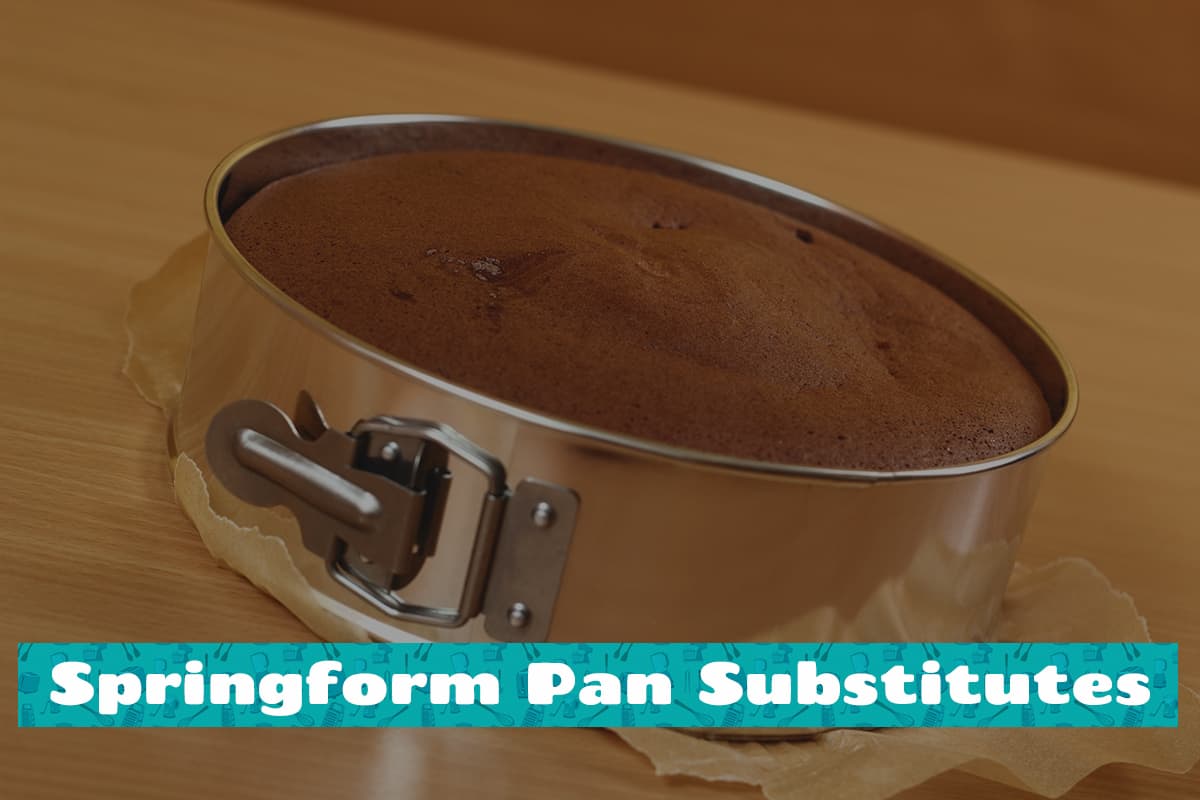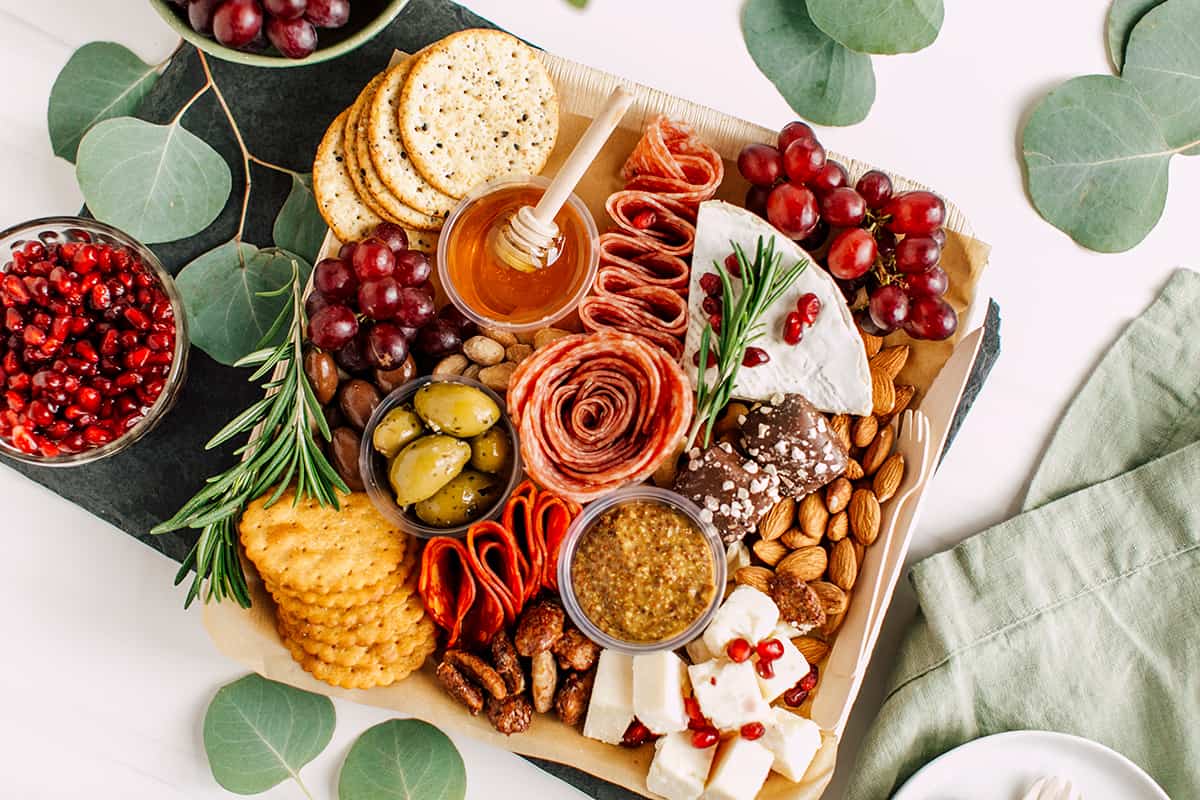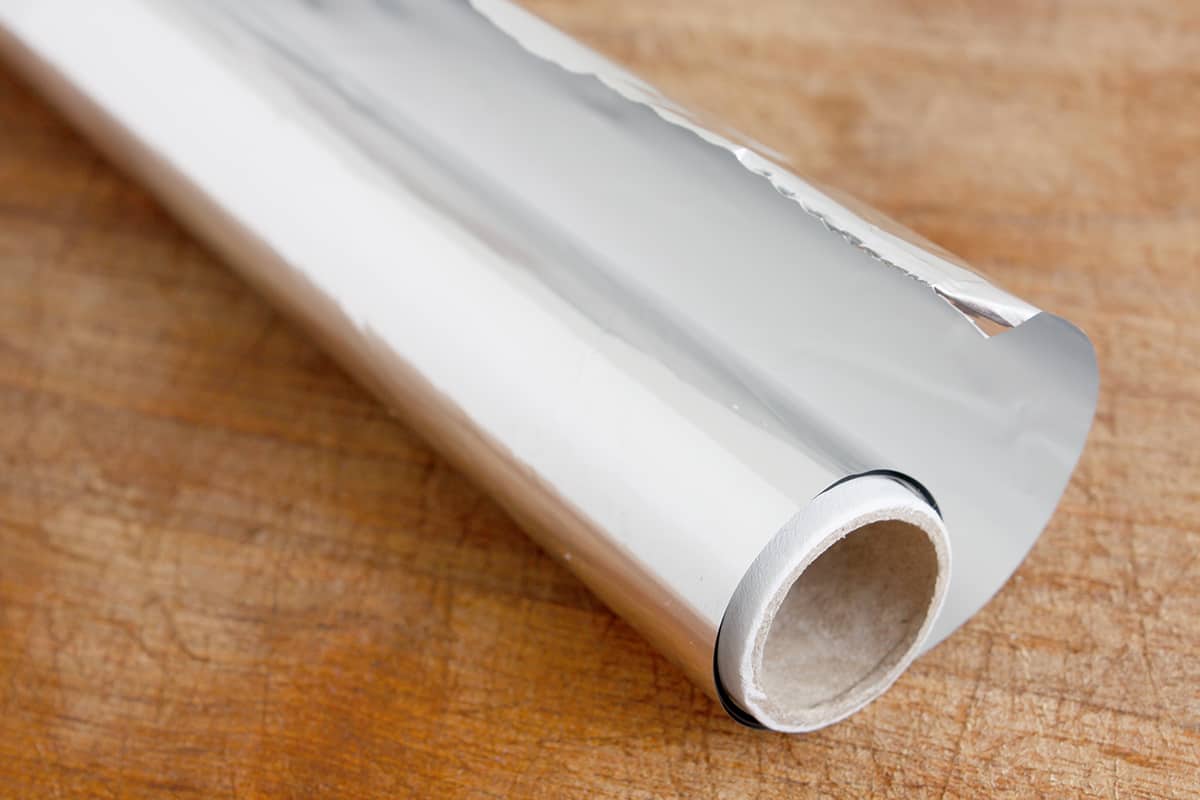If you have a hankering for a homemade tart, but you don’t have a tart pan, you’ll be glad to know that there are several substitutes you can use instead that you probably already have in the kitchen.
Here we look at alternatives to tart pans, and how you can use them to make a tart.
Need a quick answer to what you can use instead of a tart pan? Here they are.
- Quiche Pan
- Springform Pan
- Pie Dish
- Cupcake Pan
- Baking Pan
- Ring Mold
Can You Make a Tart Without a Tart Pan?
If you’re not somebody who bakes tarts regularly, then chances are that you don’t have a specific tart pan designed just for making tarts. It doesn’t make sense for a lot of people to buy a tart pan if they only intend on making tarts occasionally, since this could be unnecessary spending, and it also means storing specialist equipment in your kitchen cabinets.
Fortunately, there is a range of other items which you may own that can double up as a tart pan. Not having a tart pan certainly doesn’t need to stop you from baking your own tart, but first, you need to decide which alternative equipment is going to work best for you.
What Makes a Tart Pan Special?

A tart pan will be large, round, and made from metal. It will have fluted, vertical edges that you press the pastry into for a professional-looking crust on your tart. Most tart pans will have a removable base, which means you can push the tart out of the pan once it is baked, without damaging any of the crust.
The walls of a tart pan are quite shallow since tarts do not need to be deep. The uppermost edges on a tart pan are quite sharp, so you can slice away excess pastry from the crust to get a really neat and even finish. If you don’t have a tart pan then there are alternative pieces of kitchen equipment you can use to bake a tart, however, be prepared that none of them will offer all of the features of a proper tart pan.
Do I Need a Tart Pan?
If you are a keen home baker and like to make tarts quite often, then a tart pan will make a nice addition to your kitchen equipment. A tart pan is specifically designed so that you can make professional-looking tarts with ease, and they can be a real game-changer in terms of the finished product.
The removable base on a tart pan ensures the tart can be removed with all of the pastry still intact, and the fluted edges of the pan give it a store-bought look. Tart pans are the ideal depth so that you don’t need to spend time adjusting the height of your pastry, and they have a non-stick coating which means you don’t need to think about using baking parchment.
Tart pans also have a sharp upper edge which allows you to scrape pastry from the top of the crust, for a neat and even finish. Even if you don’t make tarts very frequently, a tart pan can still be a handy item to have for those occasions when you do want to make an impressive tart.
However, there are a number of ways you can bake a tart without a tart pan if you find yourself in a position where you need to make a tart and you can’t get hold of a tart pan. Some people simply can’t justify the cost of a tart pan when they can make do with items they already have in the kitchen, while others may not have the time to head out to the store to purchase a tart pan.
If storage in the kitchen is an issue, then it makes more sense to utilize the equipment you already have to make your tart, rather than adding more equipment to your cabinets.
Tart Pan Alternatives
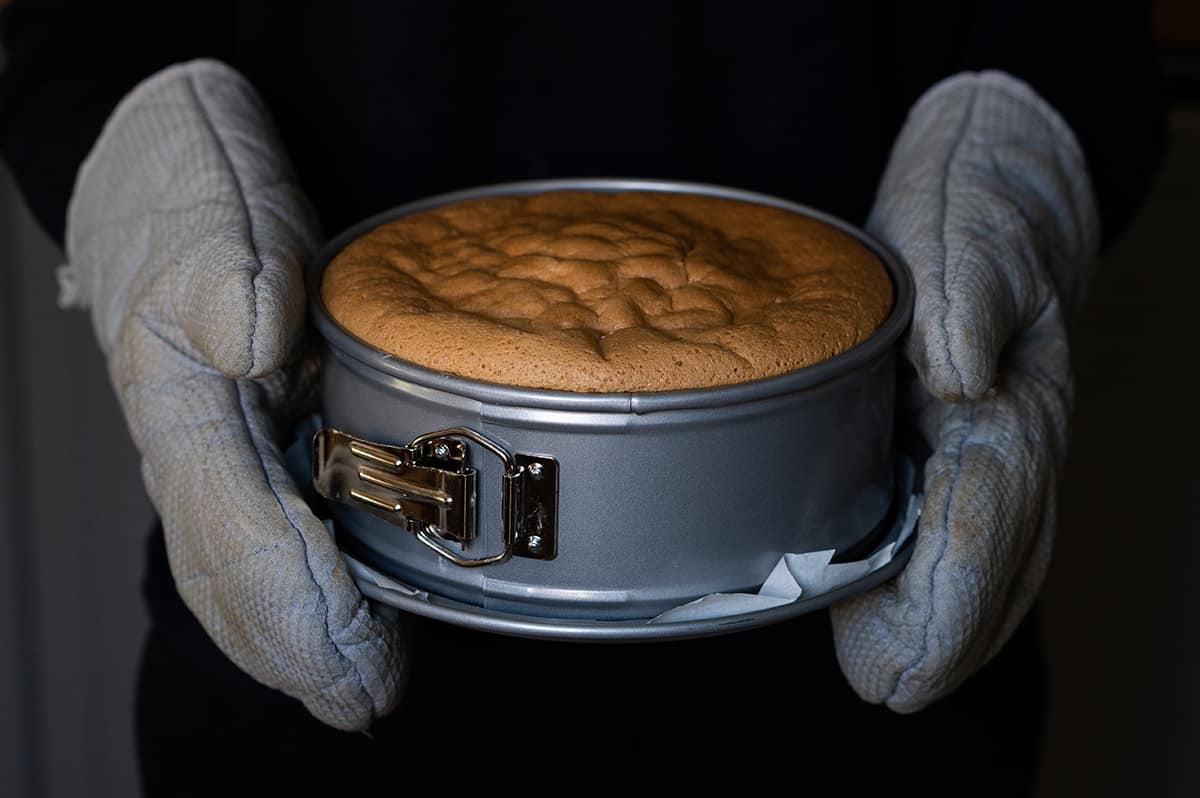
Quiche Pan
If you have a quiche pan at home then this is going to be your best option if you want to make a tart that looks the most professional. Quiche pans, like tart pans, have fluted edges that will give your pastry a crust with ridges. Many quiche pans will also have false bottoms, allowing you to push out the tart without damaging any of the crusts at the edges.
Like tart pans, quiche pans are ordinarily made from non-stick metal, which will help to give you a better finish on your pastry. The main difference between quiche pans and tart pans is their size.
Quiche pans will ordinarily be smaller in diameter, and deeper in height. If you want to make a tart that is shallow, then you just need to cut your pastry halfway down the walls of the quiche pan, rather than allowing it to reach the top edges.
Springform Pan
Springform pans are used to make cakes, but they can double up as tart pans in a pinch. A spring form pan consists of two separate pieces; a metal base which is usually round, and an expandable metal wall that can be fitted onto the base to make one solid component. The design of a springform pan allows you to remove a cake from the pan more easily, preventing damaged sides.
You can take advantage of this feature when making tarts, however, springform pans have flat walls so you won’t get a fluted effect. Instead, when making your pastry case in the springform pan, use a fork to press the pastry against the edges in order to create a textured finish.
Springform pans come in a range of shapes and sizes, but the most common ones will be round and significantly deeper than your average tart pan. This means you’ll need to cut off the pastry at a low level within the pan before you bake it.
Pie Dish
A pie dish, unlike a tart pan, will typically be made from glass or stoneware. Pie dishes might be round, square, or rectangular, and they will generally be deeper than tart pans. The edges of a pie dish will lean outwards in a diagonal angle, giving the pie a lid with a larger circumference than the base. This can work perfectly well for a tart, and give it a slightly more traditional, rustic look. The main drawback of using a pie dish over a tart dish is that the tart may be more difficult to remove from the dish, however you can ease it out with a spatula or serve it while still inside the dish.
Cupcake Pan
A cupcake pan is a truly genius way of making individual-sized tarts. You can make miniature tarts in the cupcake pan, or use silicone molds in each cupcake slot if you want a better chance of removing them once baked without causing any damage.
Remember when making tarts in a cupcake pan to adjust your cooking times accordingly, because several smaller tarts will bake more quickly than one large tart.
Baking Pan
In a pinch, a regular baking pan can double up as a tart pan. Most baking pans are rectangular, so of course this means your tart is going to be rectangle-shaped. Although not the traditional shape for a tart, rectangular tarts can look just as appetizing as round tarts, and this shape can make the tart easier to portion up.
Once baked, run your knife lengthways and widthways across the tart to section it up into squares for serving to guests. Since baking pans do not feature removable walls or bases, it’s a good idea to use a layer of baking parchment between the pan and your tart, to prevent any chance of the pastry getting stuck to the tray, and making the tart more easy to remove.
Ring Mold
If you have a ring mold then you can use this with a baking sheet or baking pan to make a tart. To do this, lay out some baking parchment on a baking sheet, then place the ring mold on top. The ring mold may have a tendency to slide about on the tray while you are preparing the tart, so in order to secure it in place, you can use masking tape on the outside of the mold to adhere it to the parchment sheet.
From here, you can use the ring mold as if it was a cake pan, laying the pastry inside and crimping it manually with a fork if you want to create a fluted crust. If the ring mold is quite deep, you’ll want to make sure your pastry only comes a little way up the side of the ring mold, so that the tart is shallow.
Once the tart is baked, remove the masking tape that is securing the ring mold in place, and then carefully slide the ring mold up and away from the tart. This will leave you with a perfectly formed tart on the baking parchment which can be moved onto a serving dish with ease.

